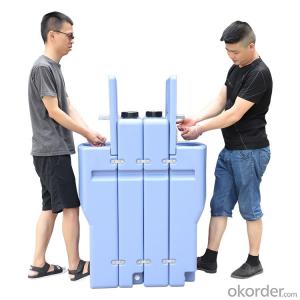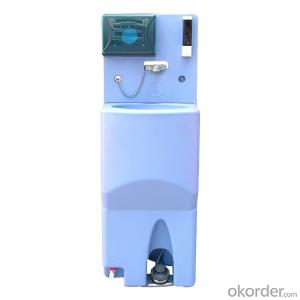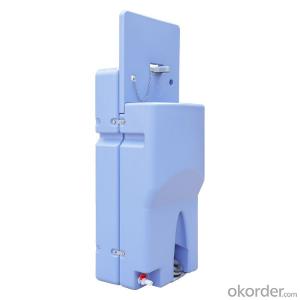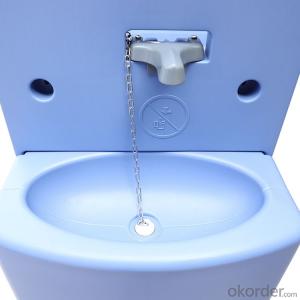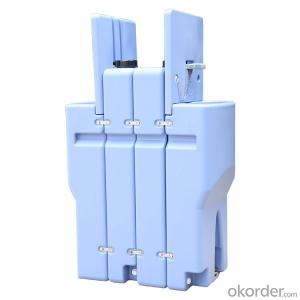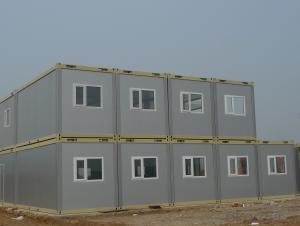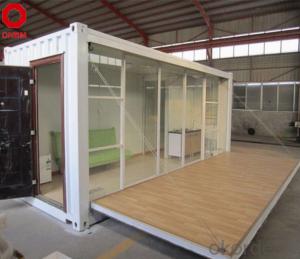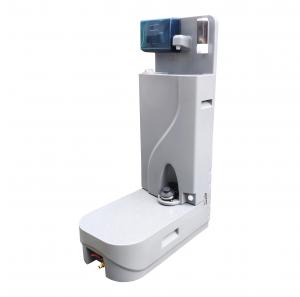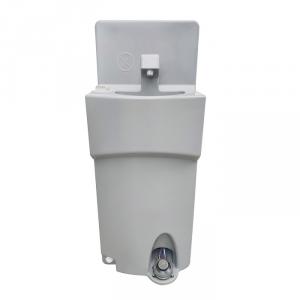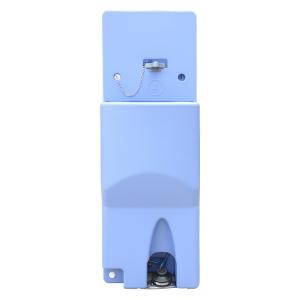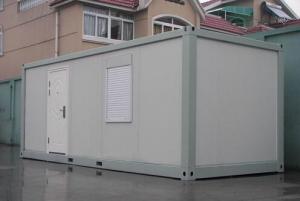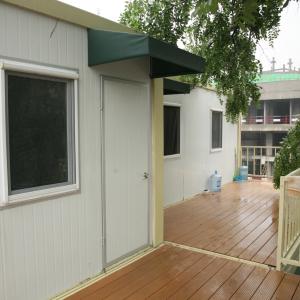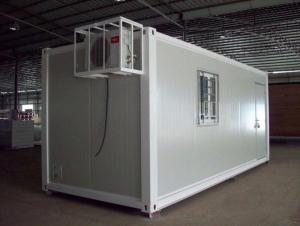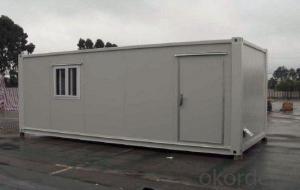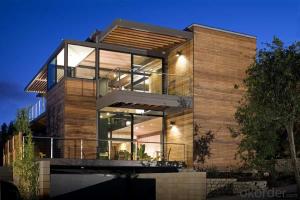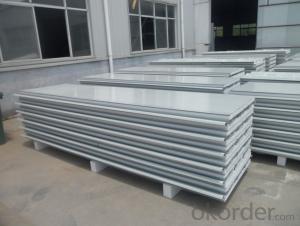Portable hand wash station TPW-L04-Outdoor hand wash station
- Loading Port:
- Xiamen
- Payment Terms:
- TT OR LC
- Min Order Qty:
- 10 set
- Supply Capability:
- 20000 set/month
OKorder Service Pledge
OKorder Financial Service
You Might Also Like
Specification
Why choose us?
Our company CNBM is a Chinese state-owned enterprise and a Fortune 500 in the world.
CNBM is a high-end plastic products enterprise integrating R&D, production and sales.
In many years of export experience,we focuse on operating Portable Toilets and have a complete and scientific quality management system. Thus won the highly recognized by its business partners and clients all over the world and has obtained rapid development under the spirit of win-win .
All views :
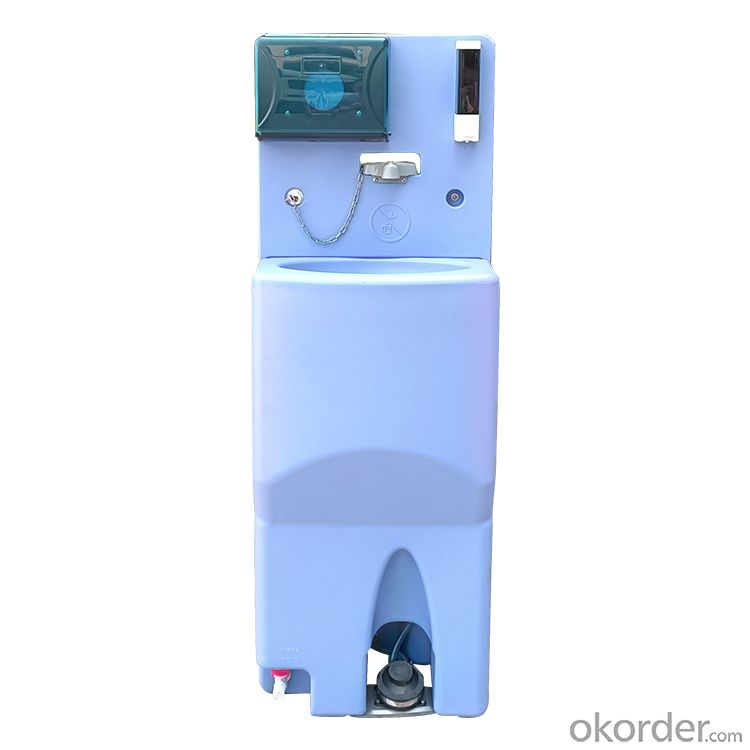
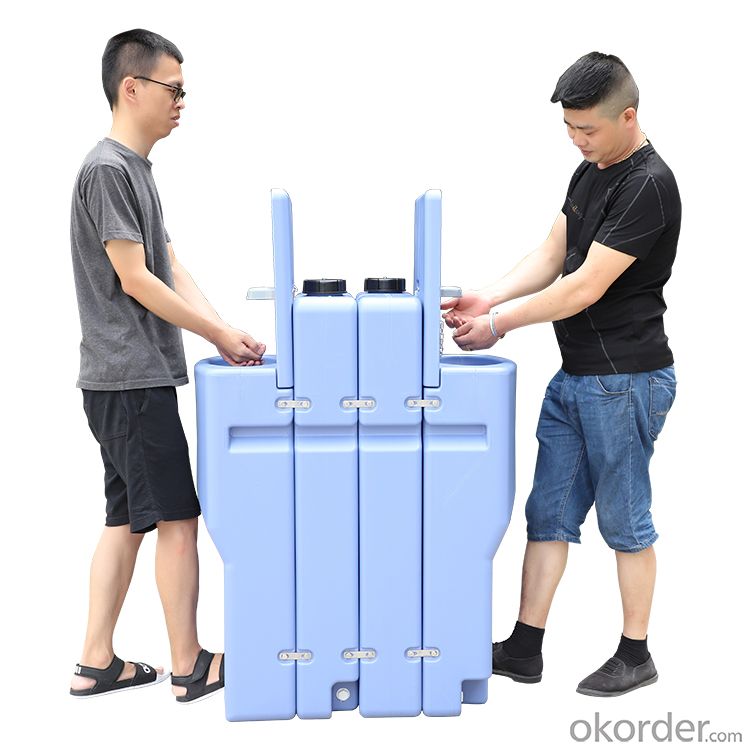
Details:


Options:
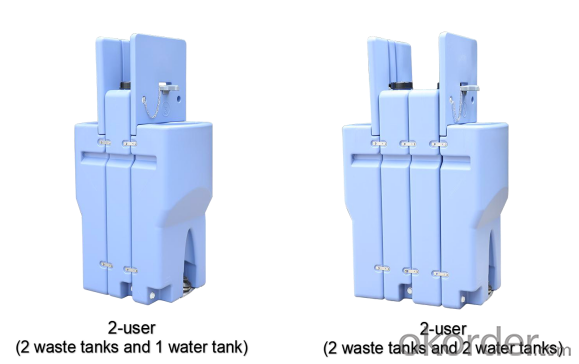
SPECIFICATION:
| Data | Water | Waste | Weight | Dimension |
| 1-user | 65 L | 65 L | 15 KG | 467x420x1339 mm |
| 2-user (1 water tank) | 65 L | 130 L | 23 KG | 467x520x1339 mm |
| 2-user (2 water tanks) | 130 L | 130 L | 30 KG | 467x840x1339 mm |
PACKAGE:
| Unassembled loading quantity | 1-user | 2-user (1 water tanks) | 2-user (2 water tanks) |
| 20ft | 130 units | 80 units | 65 units |
| 40HQ | 260 units | 180 units | 130 units |
ADVANTAFES:
1). a valve tap on the waste tank to connect to the pipe.
2). with an upper board to put dispenser and paper box.
3). can be used by two people at the same time.
4). nice blue color is suitable for events and schools.
Our company's products mainly include: portable toilets, water tanks, fuel tanks, incubators, military tanks, equipment casings, etc. We adopt high-tech technology and comprehensive advanced environmental protection materials to provide customers with one-stop service of design, development, production and after-sales service.
We have a professional and efficient R&D and design team, and has won more than 70 international and domestic invention patents.
CNBM is committed to becoming a leader in the subdivision of plastic products, making life more convenient and environmentally friendly.
- Q: Can container houses have rooftop gardens or green features?
- Yes, container houses can have rooftop gardens or green features. The flat rooftop of a container house provides an ideal space to create a garden or incorporate green features such as solar panels, rainwater harvesting systems, or even green roofs. These additions not only enhance the aesthetic appeal of the house but also promote sustainability and environmental benefits.
- Q: Are container houses suitable for areas with strict HOA regulations?
- Areas with strict HOA regulations may find container houses to be a viable choice, depending on the specific requirements and restrictions imposed by the HOA. While container houses may not align with the traditional aesthetic of many HOA-regulated neighborhoods, they offer several advantages that make them a feasible option. To begin, container houses are often more cost-effective compared to traditional stick-built homes. This affordability factor can be beneficial for individuals seeking to construct a home in areas with high property prices or limited housing options. Consequently, container houses can be an attractive choice for certain homeowners. Moreover, container houses are renowned for their durability and sustainability. These structures are designed to withstand tough transportation conditions, making them resistant to severe weather and natural disasters. Additionally, repurposing shipping containers helps reduce waste and fosters an environmentally friendly approach to construction. Nevertheless, it is crucial to note that container houses may require modifications to comply with the HOA's specific regulations. Such modifications may involve altering the house's exterior appearance, landscaping, or overall layout. Homeowners should thoroughly review and comprehend the HOA guidelines to ensure adherence. Furthermore, it is advisable to engage in open communication with the HOA board and seek their approval before embarking on a container house project. Demonstrating the benefits, addressing concerns, and providing detailed plans can help persuade the HOA to consider permitting container houses within their regulations. In conclusion, container houses can be suitable for areas with strict HOA regulations, but it necessitates thoughtful consideration, adherence to guidelines, and open communication with the HOA. The affordability, durability, and sustainability aspects of container houses can be appealing to homeowners, but it is essential to ensure compliance with the HOA's specific regulations.
- Q: Are container houses suitable for retail stores?
- Container houses can indeed be suitable for retail stores. The versatility and cost-effectiveness of container houses make them a great option for various commercial purposes, including retail stores. Firstly, container houses provide an affordable alternative to traditional brick-and-mortar buildings. The cost of purchasing and converting a shipping container is significantly lower compared to constructing a new building. This cost advantage allows business owners to allocate more funds towards merchandising, marketing, and other essential aspects of their retail store. Secondly, container houses offer flexibility in terms of location. They can be easily transported and relocated, allowing retail store owners to change their business's location as needed. This mobility can be particularly beneficial for businesses that thrive in areas with high foot traffic or those that want to expand their customer base by experimenting with different locations. Furthermore, container houses can be customized and designed to suit the specific needs and aesthetics of a retail store. They can be easily modified to include windows, doors, insulation, electrical systems, and other necessary features for a functional store. With a wide range of design options available, container houses can be transformed into trendy and unique retail spaces that attract customers. Additionally, container houses are eco-friendly as they repurpose old shipping containers that would otherwise go to waste. By using these recycled materials, retail stores can contribute to sustainability efforts and reduce their environmental impact. However, it is important to note that container houses may have limitations in terms of size and space. While they can be combined or stacked to create larger structures, they might not be suitable for retail stores that require extensive floor space or have a large inventory. In conclusion, container houses can be a viable option for retail stores due to their affordability, flexibility, customization possibilities, and eco-friendliness. They provide an opportunity for businesses to establish unique and cost-effective retail spaces, making them a suitable choice for entrepreneurs looking for innovative solutions.
- Q: Can container houses have multiple stories?
- Yes, container houses can have multiple stories. Contrary to popular belief, container houses are not limited to just one level. With the right design and structural modifications, containers can be stacked on top of each other to create multiple stories. By using proper reinforcements, such as additional steel beams and columns, it is possible to create a stable and secure structure that can support multiple levels. Additionally, container houses can also be expanded horizontally by adding additional containers side by side. This versatility allows for the creation of container homes with multiple stories, providing more living space and accommodating larger families or diverse needs.
- Q: What are the different types of container house foundations?
- There are several different types of foundations that can be used for container houses, depending on various factors such as soil conditions, local building codes, and personal preferences. 1. Concrete Slab Foundation: This is one of the most common types of foundations used for container houses. A concrete slab is poured directly onto the ground, providing a stable and level surface for the containers to sit on. It requires excavation, proper site preparation, and reinforcement with steel bars or mesh. 2. Pier Foundation: Also known as a post foundation, this type involves supporting the containers on a series of concrete piers or posts. These piers are strategically placed under the corners and midpoints of the containers to distribute the weight evenly. It is a cost-effective option, especially for sites with uneven terrain or poor soil conditions. 3. Strip Foundation: A strip foundation consists of a continuous concrete strip that runs along the perimeter of the containers. It provides a stable base for the containers and helps distribute the weight evenly. This type of foundation requires more excavation and site preparation compared to other options. 4. Screw Pile Foundation: Screw piles are long metal screws that are driven into the ground using hydraulic machinery. They provide a strong and stable foundation for container houses and can be used in various soil conditions. This type of foundation is quick to install, requires minimal excavation, and can be easily adjusted or removed if needed. 5. Raft Foundation: A raft foundation, also known as a mat foundation, involves laying a large concrete slab directly on the ground. The entire footprint of the container house is supported by this slab, providing a solid and level foundation. This type of foundation is suitable for areas with poor soil conditions or areas prone to earthquakes as it distributes the load over a larger area. It is important to consult with a structural engineer or a professional builder to determine the most suitable foundation type for your container house, considering factors such as soil reports, local regulations, and budget constraints.
- Q: Can container houses be designed to have a loft?
- Certainly! Container houses have the potential to incorporate a loft into their design. The adaptable and modular nature of shipping containers makes them an excellent choice for creating distinctive and practical living spaces. Architects and designers can stack and cut containers to construct multi-level structures that include lofts. A loft within a container house can serve various purposes, such as providing additional living area, separate sleeping quarters, or even a home office. Designing it to overlook the lower level maximizes the perception of space and creates an aesthetically pleasing interior. Moreover, lofts in container houses can be tailored to individual preferences and needs, whether it be for storage, entertainment, or relaxation. When planning a container house with a loft, it is crucial to consider factors like structural integrity, weight distribution, and ensuring adequate access points. By involving professional architects and engineers, the design can meet all safety requirements and regulations. Furthermore, enhancing lofts in container houses can be achieved through various design elements, including skylights, windows, or open railings, to maintain an open and airy ambiance. Additionally, incorporating clever storage solutions like built-in closets or shelves maximizes the functionality of the loft space. In conclusion, it is indeed possible to design container houses with lofts. With careful planning, creative thinking, and the expertise of professionals, container house owners can enjoy the unique charm of a container house while benefiting from the added functionality and versatility of a loft.
- Q: Do container houses require a building permit?
- Yes, container houses typically require a building permit. The requirements may vary depending on the location and local building codes. It is important to check with the local authorities or building department to ensure compliance and obtain the necessary permits before constructing a container house.
- Q: What are the common floor plans for container houses?
- The common floor plans for container houses include single-container designs, double-container designs, L-shaped designs, and multi-container designs. These floor plans can be customized to create various layouts, such as open-concept living spaces, multiple bedrooms, bathrooms, kitchens, and even multi-story container homes.
- Q: How do container houses compare to traditional houses in terms of construction time?
- When it comes to construction time, container houses have a significant advantage over traditional houses. This is because shipping containers are pre-fabricated and can be easily modified to create a living space. The construction process mainly involves converting and joining containers, which reduces the need for extensive foundation work and structural framing. Consequently, container houses can be assembled and completed much faster than traditional houses. Moreover, container houses can be constructed off-site, allowing for simultaneous work on the site and the container, further reducing construction time. In summary, container houses offer a much quicker construction timeline compared to traditional houses, making them a popular choice for those in need of a fast and efficient housing solution.
- Q: Can container houses be moved?
- Yes, container houses can be moved. They are designed to be easily transportable and can be loaded onto trucks, ships, or trains. This mobility allows for flexibility in relocating container houses to different sites if desired.
Send your message to us
Portable hand wash station TPW-L04-Outdoor hand wash station
- Loading Port:
- Xiamen
- Payment Terms:
- TT OR LC
- Min Order Qty:
- 10 set
- Supply Capability:
- 20000 set/month
OKorder Service Pledge
OKorder Financial Service
Similar products
Hot products
Hot Searches
Related keywords
